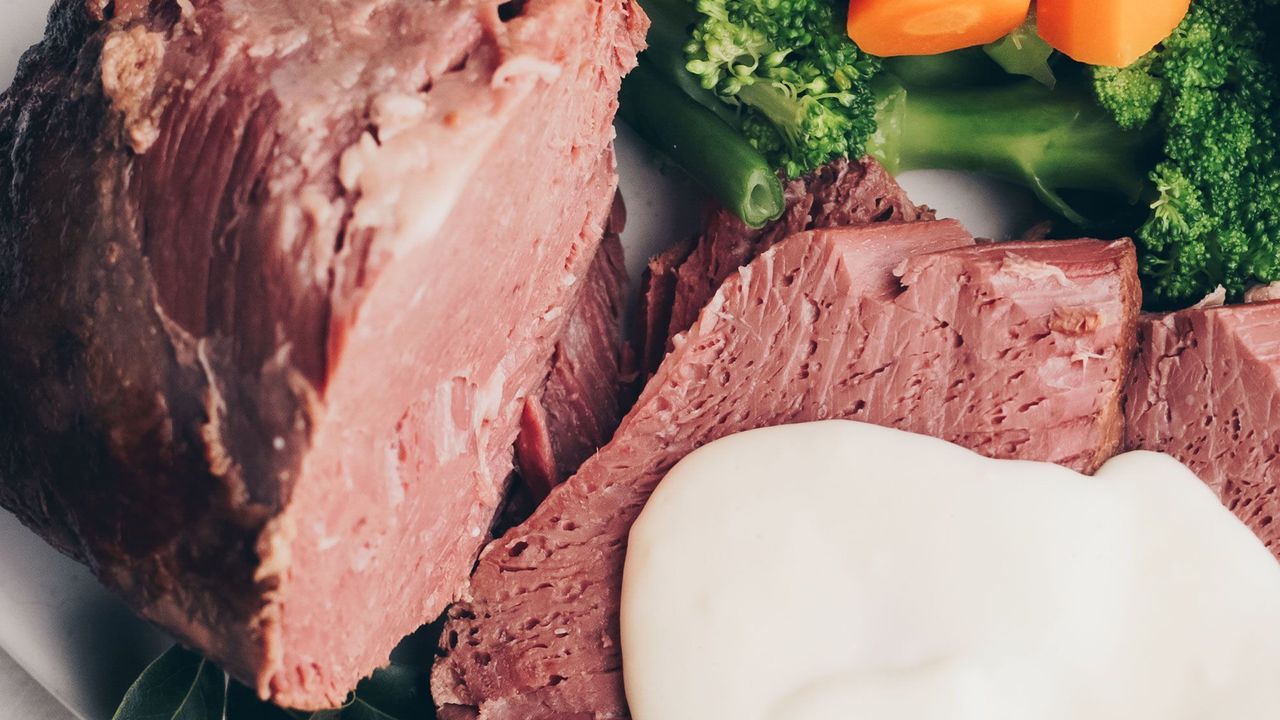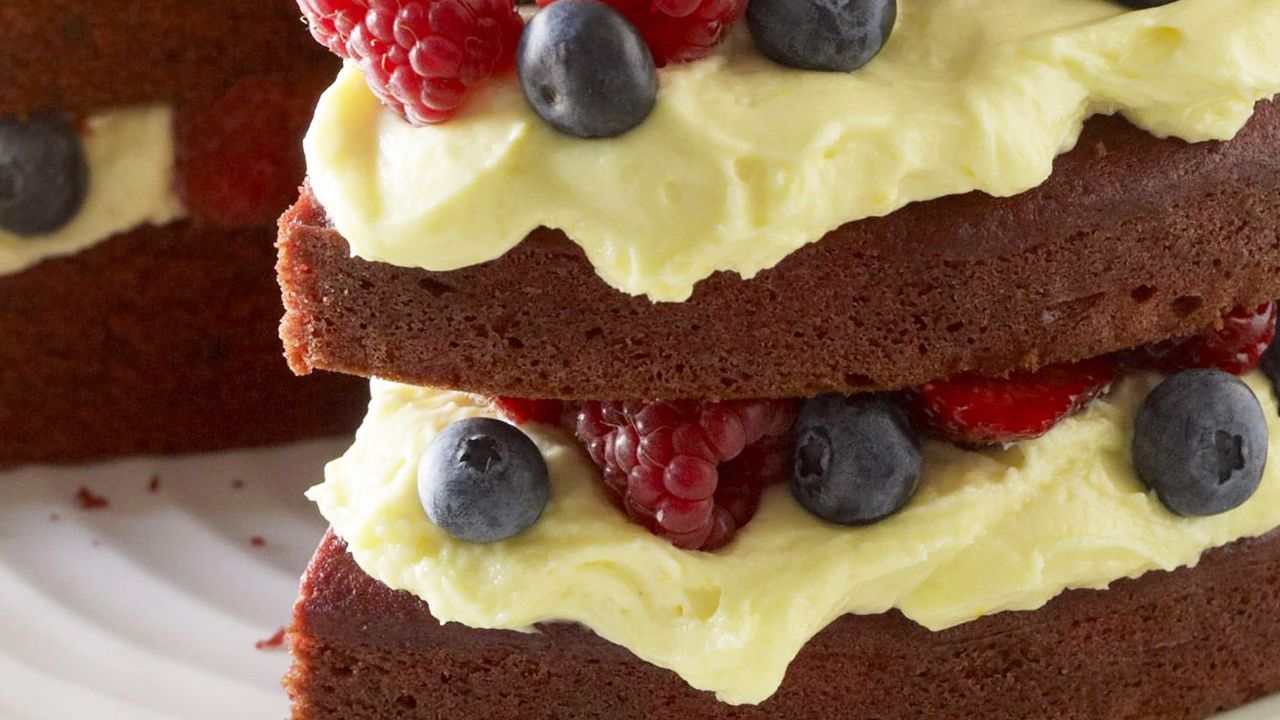Benefits, downsides: Everything you need to know about tea
There’s no doubt tea has quite a therapeutic reputation but there is more to this popular beverage than meets the eye. Find out the pros and cons of drinking tea.
Food
Don't miss out on the headlines from Food. Followed categories will be added to My News.
Tea is the beverage many believe fixes everything. Feeling weary? Have some tea. Suffered a shock? Here’s a cuppa. Feeling teary? How about a chai and a chat? There’s no doubt tea has quite a therapeutic reputation, and science is now revealing the facts behind it.
What is tea?
Tea, made from the leaves of the camellia sinsensis bush, originated in China and has been consumed for medicinal purposes and pleasure for thousands of years.
Black and green teas are made from the same leaf but produced differently. Black tea leaves are allowed to oxidise, which produces the dark colour and distinctive flavour.
Green tea leaves are heated soon after picking to prevent oxidation, and are dried immediately. Oolong is partially oxidised and is the ‘halfway’ tea between green and black.
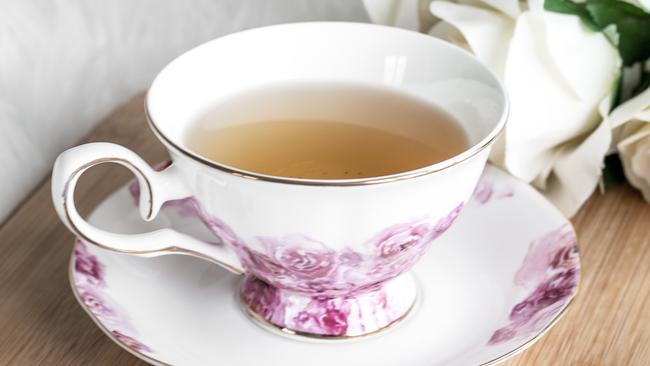
White tea is a premium, more expensive brew of young leaves picked before they are fully open then dried immediately for a light, sweet flavour.
Is tea good for me?
Studies have found regular tea drinkers have reduced rates of heart disease – three to four cups a day is thought to be beneficial. While we can’t be sure why, it’s possible the flavonoid antioxidants in tea play a role.
Laboratory studies show flavonoid antioxidants help blood vessels be more flexible, therefore reducing the likelihood of heart attack.
Black and green teas are a good source of flavonoid antioxidants, although the types vary due to the different treatments after picking.
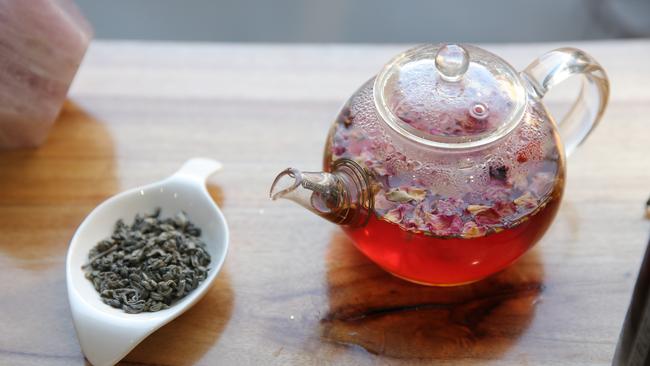
Will tea dehydrate me?
It’s commonly believed the caffeine in tea is dehydrating, however studies have shown this effect is insignificant in regular tea drinkers and tea is a useful source of daily fluids for hydration.
Tea and weight
Tea without milk or sugar has virtually zero kilojoules. There are many green tea-based products marketed as weight-loss aids, but use common sense if drinking it for this reason.
While some studies suggest flavonoid antioxidants in green tea may increase fat burning, those studies have involved drinking large amounts (up to eight cups a day) and more research is needed.
What and how much you eat and how much exercise you do are far more important for weight loss.
The ritual
For many people stopping work for a cup of tea is a valuable way to relax and recharge. Even going through the motions of boiling the water, immersing the leaves (or bag) and steeping until the flavour is to your liking is a pleasant daily ritual.
In Japan the tea ceremony is a way to show respect and hospitality to guests as well as simply enjoying the brew.
Any downsides?
The flavonoid antioxidants in tea may reduce absorption of vegetable food sources of iron such as wholegrains and nuts.
While this doesn’t seem to matter for people whose iron levels are adequate and who eat iron-rich foods from animal sources, it may be an issue for those at risk of iron deficiency.
It’s a good idea for vegetarians, pregnant women and teenage girls to avoid drinking tea with meals for this reason.
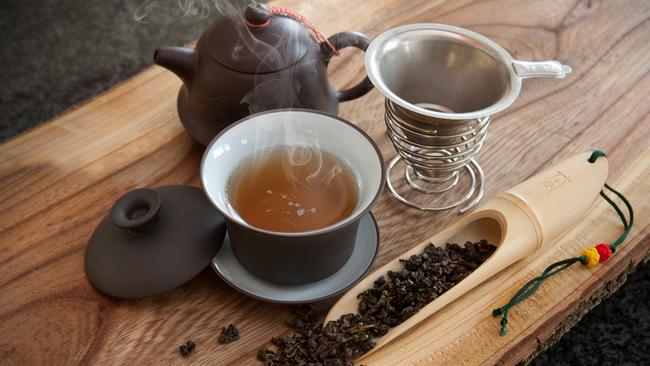
Crunching the numbers on tea
* Three cups of tea a day provides 10 per cent of your recommended daily intake for folate.
* Two to three cups provides active amounts of the amino acid L-theanine for alertness and relaxation.
* Three to four cups a day may reduce heart disease risk.
* Six cups of tea contains 300mg caffeine, the suggested healthy daily limit.
* Three to five minutes is the ideal time to steep black, white and herbal teas. One to three minutes is the ideal time to steep green and oolong teas.
What’s in tea?
Herbal teas: ‘Teas’ such as peppermint or chamomile don’t actually contain tea but instead are made from dried leaves and flowers.
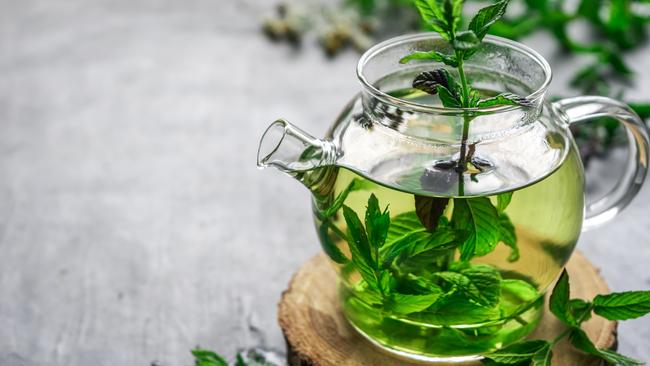
Caffeine: Black and green teas contain caffeine, although less than coffee. The average cup contains 50mg compared with 80mg for an average cup of instant coffee. Espresso, filter or plunger coffees contain more.
More than 300mg caffeine a day is considered high, so three to four cups of tea a day is well within the limit for healthy adults.
L-theanine: This unique amino acid is found only in tea and the wild bay bolete mushroom of Europe and North America. L-theanine in amounts found in two to three cups of tea promotes alpha brain wave activity that produces an alert but relaxed state of mind.
Brews clues: For the best flavour, different teas benefit from different water temperatures: Black and herbal – just off the boil. Green, oolong and white – below boiling (leave the jug for five minutes after it boils).
For more recipe ideas, go to taste.com.au or check out the Taste Test Kitchen now.

